SUMMARY
This is AI generated summarization, which may have errors. For context, always refer to the full article.
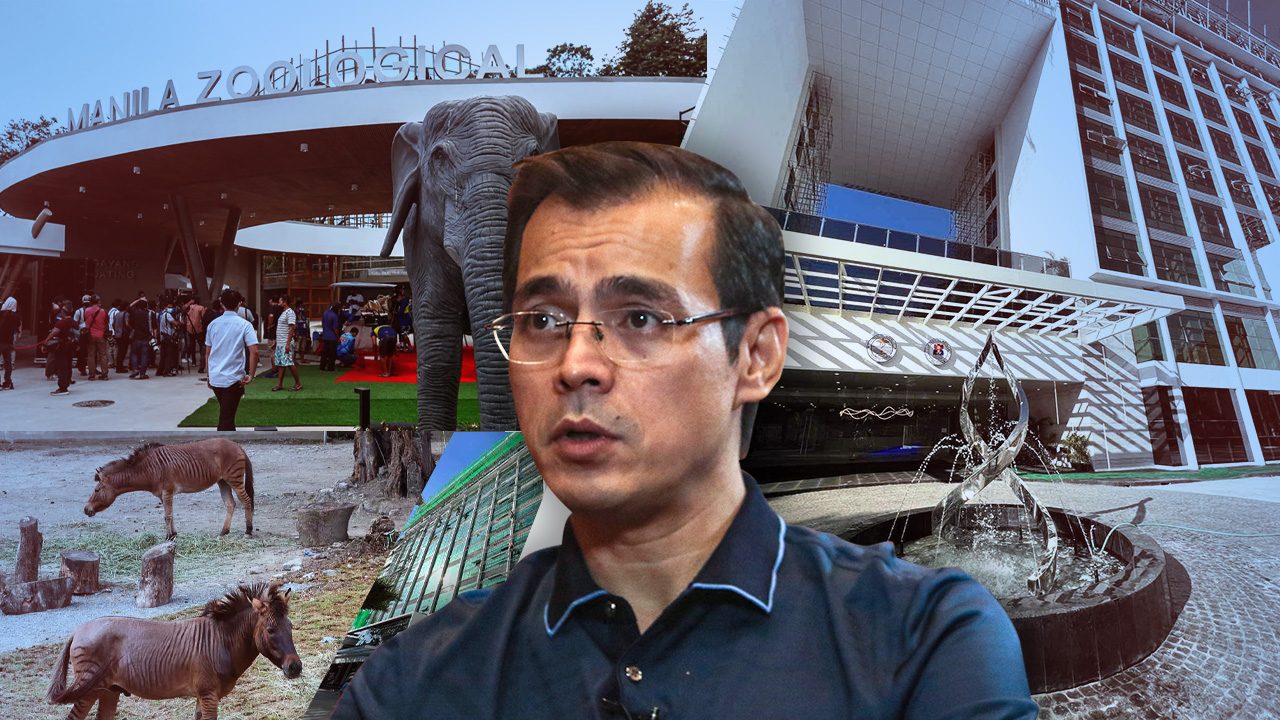
MANILA, Philippines – Every corner you turn in Manila, there seems to be construction going on.
Workers in long-sleeved shirts and helmets emerge from canvas barriers fronted by giant billboards displaying plans for a shiny new building or sprawling park.
Almost always, it’s a project of Manila City Hall. If it is, you’ll need to look up. It might be a 10-story modern hospital with a helipad, set to open in April or May 2022 as the Bagong Ospital ng Manila.
“Kapag hindi naging ‘itsurang Makati Med ‘yun, ipasosoli ko sa contractor ‘yung bayad natin,” Manila Mayor Isko Moreno told Pamantasan ng Lungsod ng Maynila (PLM) medical students in August 2021. (If it doesn’t look like Makati Med, I will have the contractor return our money to us.)

It might be one of the six vertical housing projects that broke ground in 2020 and 2021, 15 to 20 floors high, some with swimming pools and fitness centers, and 44-square-meter residential units that otherwise would have been beyond the reach of Manila’s poor.
You have to look up, too, once construction wraps up for the three modern school buildings Moreno ordered built. All three buildings are 10 floors high, outfitted with around 200 airconditioned classrooms, basketball courts, gyms, and roof decks. Groundbreaking ceremonies took place in July and August 2021 for all three.

Isko Moreno’s dreams for Manila soar higher than his buildings. He has impressed many with the speed and scale of his infrastructure projects, many being built during the COVID-19 pandemic and expected to generate jobs and income at a time when both are sorely needed.
Rappler compiled a list of all major infrastructure projects implemented during the 47-year-old Moreno’s mayorship, did site visits to several of them, and interviewed Manila residents about the projects’ impact on their lives.
Look at the map below to see the location of all these projects. Hovering your mouse or finger over the dots will show details, like project cost and status.
20 major projects
Of the 20 high-impact projects we studied, nine or almost half have been completed or partially opened. This includes the headline-grabbing Manila Zoo that had its soft opening in December 2021, the celebrated facelift of the once dirty and dark Lagusnilad Underpass, and the Basecommunity compound of 200 townhouses built for victims of a Tondo fire.
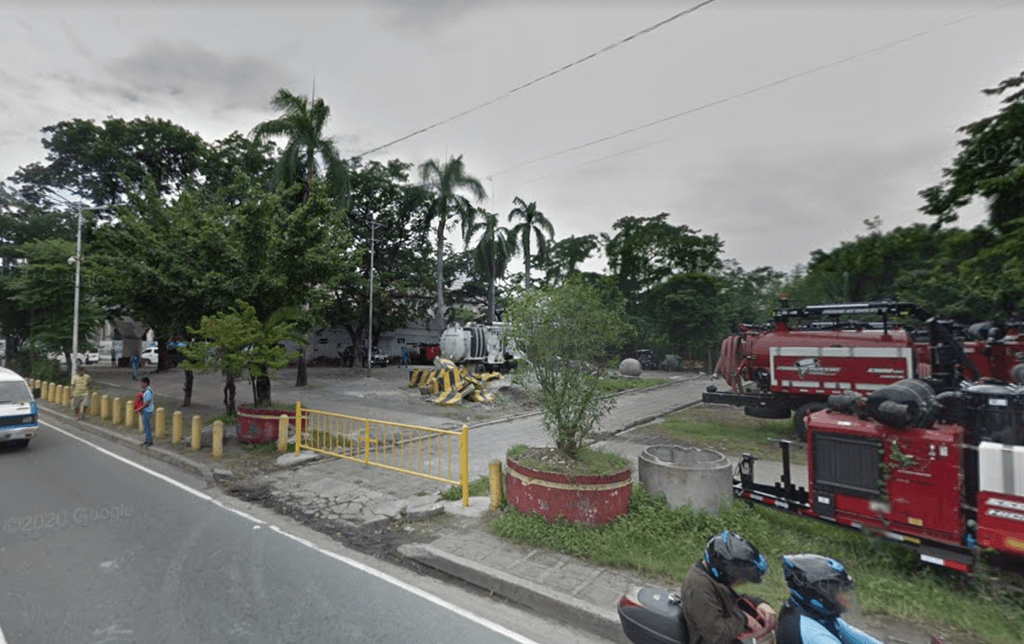


Two years into the pandemic, Manila got not just a renovated park, but a brand new one. In February 2021, Moreno and his ever-present Vice Mayor Honey Lacuna-Pangan opened Hidden Garden in Lawton, a landscaped park with benches and lit-up trees that had previously been a parking lot for fire trucks and dumping space for equipment. A rundown shack was replaced with a modern glass-and-metal café now called Hidden Garden Café.
The new park gives more dignity to the Liwasang Bonifacio it fronts and is an antidote to the typical image of Manila as a crowded, cramped collection of makeshift houses and smelly creeks.
How does Isko compare to past Manila mayors?
Every Manila mayor does some amount of building during his term.
For Joseph Estrada, it was mostly improvements on existing structures, like the P4.7-billion repair of 100 school buildings, planned rehabilitation of six public markets through partnership with the private sector, and P1.8 billion worth of improvements on major roads and drainage systems. He is perhaps most remembered for approving four huge reclamation projects that have yet to see the light of day.
Alfredo Lim built the city’s six district hospitals and established the Universidad de Manila, then called City College of Manila and housed in the Old Philippine National Bank building in Escolta. Lim focused more on peace and order during his mayorship.
Lito Atienza (now running for vice president), was known for building Manila Baywalk, a new campus for Universidad de Manila, a linear park in Pandacan, improvements of Plaza Miranda and the Bonifacio monument, housing in Baseco, Nagtahan, and UN Gardens.
Ramon Bagatsing built the Ospital ng Sampaloc, College of Medicine building of the PLM, and Tondo High School.
Arsenio Lacson, Manila’s first elected mayor, built the Manila Zoo, the city’s first underpass, a slaughterhouse in Tondo (close to Moreno’s Tondominiums), and established the PLM.
This is on top of the small health centers, basketball courts, street lighting, road works, barangay buildings, and other structures mayors typically build during their terms.
Manila City Engineer Armand Andres, who has served in the city's engineering office since 1987, says Moreno's infrastructure projects are a big improvement compared to those of other mayors.
"Before, it was just mostly lighting or repairs, cosmetics. The school buildings would be just two or three stories. Now, they're 10 floors high. The old housing projects were small, like bird houses, 20 square meters. The ones we are building now are 40 square meters or 42 square meters. It's only now that the poor can experience a hospital like St. Luke's [in Taguig]," Andres told Rappler on Thursday, January 20.

Moreno’s infrastructure projects are impressive in their quantity and scale, achieved in a single three-year mayoral term and during a pandemic. He has bested, at the very least, his two immediate predecessors who had the benefit of multiple terms.
His infrastructure projects are part of how he projects ambitious and dynamic leadership and attracted many sectors to support his endeavors.
“Given how the Estrada administration left Manila, it was, in a way, easy for Isko to capture people’s attention, including those who have business interests and much to gain from a spruced up Manila,” said Cleo Calimbahin, a political science associate professor at De La Salle University.
Calimbahin has studied Moreno’s mayorship and written about his projection of youthful, decisive leadership.
Longtime Manila Councilor Don Juan Bagatsing, whose family has not always been allied with Moreno, goes so far as to compare him to Lacson, acknowledged by many to have been the city’s best and most colorful mayor.
“In three years, [Isko Moreno] has done so much already. Lacson is considered the best mayor, but Isko can give him a run for his money,” Bagatsing told Rappler.
How did Isko get the funding?
Moreno’s major infrastructure projects cost around P15 billion. Most of this was funded by loans Manila was able to get from the Development Bank of the Philippines (DBP) and Landbank.
A P10-billion DBP loan, signed in May 2021, is the funding source for the three new school buildings, and the San Sebastian, San Lazaro, and Pedro Gil vertical housing, according to the bank’s press release.
A P5-billion DBP loan, signed in January 2021, covers the Bagong Ospital ng Maynila, Tondominiums, Binondominium, and Manila Zoo renovation.
Landbank also gave Manila a loan in November 2019, worth P10 billion, to finance the Bagong Ospital ng Maynila, PLM’s new medical school building, and more.
DBP, in its announcements of the loans, cited Manila’s good financial standing as one reason it agreed to the arrangement. It quoted the city’s Commission on Audit (COA) report as saying it had P64.8 billion in total assets.
Meanwhile, Moreno's predecessor, Estrada, saddled city hall with a P4.4 billion deficiency in funds. Estrada had also begun his mayoral term in 2014 with the same amount of debt left by Alfredo Lim.
The loans are to be paid out to city hall through progressive billing, explained Vice Mayor Lacuna to Rappler on Wednesday, January 18.
At certain stages of construction, the contractor bills the city for its expenses. The city then bills the bank, which then pays the contractor directly for the expenses incurred until that point.
Moreno’s mayorship did see a marked improvement in its tax revenue from the Estrada years. In 2019, city hall collected P10.67 billion in taxes, a P1.27 billion increase from 2018, based on annual COA reports.
In 2020, when the pandemic hit, tax revenue shrank to P9.7 billion, but still higher than when Estrada left. Moreno’s first year in office also saw “shares, grants, and donations” to the city grow six times the figure in 2018, from P153 million to P930 million.
In terms of overall revenue collection, Manila city hall figures show it was at P12.7 billion from July 1, 2019, to June 30, 2020, or Moreno’s first year in office and also the first year of the pandemic – compared to P11.7 billion in the last year of Estrada’s mayorship.
Overall revenue collection under Moreno grew to P19.2 billion for the period of July 1, 2020, to June 30, 2021.
In terms of infrastructure investments by the private sector, a barometer of investor confidence in the city, there was a 121% increase in worth of approved construction permits in Moreno’s first year as mayor. That’s P104 billion compared to P47 billion in Estrada’s last year.
Infrastructure investment grew further, to P148 billion from July 2020 to May 2021, despite the COVID-19 health crisis.
Tax and financial expert Raymond Abrea, after taking a look at Manila's last COA reports upon Rappler's request, noted a big 74% decrease in investments in joint venture of the city from Estrada's to Moreno's time. The decrease, from P5.4 billion in 2019 to P1.4 billion in 2020, was due to the "derecognition" of joint ventures of the city with the private sector for the redevelopment of Harrison Plaza and the New Antipolo Market, according to the 2020 audit report. In 2018, or Estrada's time, SM Prime Holdings bought the contract for Harrison Plaza to put up a mixed-use development in its location. The plaza structure was demolished in October 2021 to make way for construction.
Under Moreno's leadership, Manila City Hall also managed to collect 71% of its real property taxes in the first half of 2021 – a milestone usually achieved at the end of the year.
Moreno partly credits the Go Manila app launched by the city which allowed Manila residents and business owners to pay for their city fees online. The initiative was recognized by the national government in the Digital Governance Awards 2021, where the project won second place in the "Best in Business Empowerment" category.
But Moreno also cites a creative financial move he made using the promised increase in funds Manila gets from the national government due to the Mandanas ruling.
The Mandanas ruling is a 2018 Supreme Court decision that declared that all local governments are entitled to, not just a share of internal revenue taxes, but a share of all national taxes. This means all local governments, starting in 2022, should see a roughly 50% increase in their budgets.
Moreno says he got the Department of Budget and Management to issue a certification that Manila will see an increase in its budget in the coming years. He then used this document to prove to banks that Manila is capable of paying its loans.
Abrea saw no disclosure in the COA reports about how Manila plans to pay off the DBP and Landbank loans, but he said it would likely be based on revenue projections from local tax collections or income of projects funded by the loan.
"Otherwise, it will be a financial problem since it’s payable in 20 years for 72 equal quarterly amortizations," he told Rappler.
The P5-billion DBP loan, for instance, resulted in a "significant increase" in liabilities by 39%, or a total of P22.4 billion in 2020, said Abrea.
Manileños weigh in
Sixty-two-year-old Ang Chak Chi, who has lived in Binondo for most of his life, used to always fear passing through the Del Pan area.
“That area, ever since we were kids, people are scared to pass there because if your car window is open, a hand might dart in to steal something. I told myself, if Isko can solve that, I will vote for him,” he told Rappler.

In the same area, he now sees the steady rise of Binondominium, a 15-floor building with relatively spacious 40-square-meter units. The building costs P400 million and is 84% finished. Moreno has said the plan is to move Del Pan’s informal settlers to the building.
“Among all the mayors, Isko took the initiative to build this condo. Doon, bilib ako. Bow ako sa kanya,” said Ang. (That made me believe in him. I bow to him in that regard.)
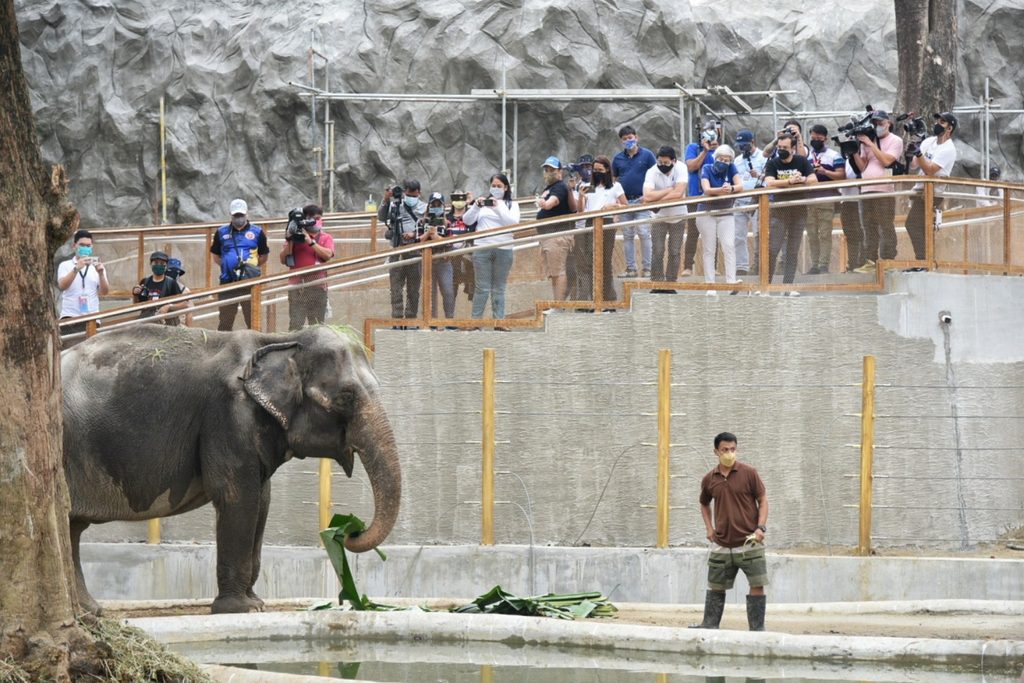
Out of all the Manila mayors he’s seen, Moreno may be the best one, Ang thinks. The problem with past mayors, he said, is that petty rivalry seemed to get in the way of actual projects being done.
“The continuity of whatever project, there was none in Manila, so Manila never grew. When the mayor changes, they always overturn what the previous mayor did,” said the longtime Manileño.
Ivan Man Dy, the famous Binondo tour guide who has been in the business for 15 years, also feels the impact of Moreno’s projects.
“The way he spruced up the streets, that was a really positive thing for me…. I noticed during his term, because of all these lighting projects, many people come out at night, enjoying the public places,” he told Rappler.
“Suddenly, you had people doing prenups (pre-nuptial photo shoots) in Jones Bridge. I never thought that would happen in my life,” he added.
Moreno announced his plan to give historic Jones Bridge a new lease on life soon after winning the mayorship. In November 2019, after a P20-million renovation, the bridge designed by Juan Arellano reopened to the public. It had new lamps, ornamental plants, and saw the return of one of the La Madre Filipina statues which had stood on the bridge before World War II.
The implementation of Moreno’s projects didn’t always make everyone happy. The dragon lamps he had installed in Binondo raised the eyebrows of some who found them gaudy and bad for traffic flow in the already busy district.
“What used to be four lanes is now down to two. They didn’t take out all the old useless commercial lighting so I wish they took those out. For someone who works in tourism, these are important to me,” said tour guide Dy.
Moreno, for his part, said the dragon lamps established a formal parking area for vehicles and were meant to reduce traffic congestion, not cause it.
Chiqui Sy-Quia Mabanta, another Manila old-timer who has lived in the Malate district since 1994, had recently flagged Moreno’s lack of consultation on the redevelopment of Arroceros Park.
Her groups, Winner Foundation and Save Arroceros Movement, made noise on social media, which led Moreno to call a meeting with them in city hall last November.
Environmentalists were irked that Moreno seemed to view Arroceros Park as an urban park that had to have walkways and structures – not in keeping with their advocacy that it should be kept as natural as possible.
But Mabanta described Moreno as “much easier to talk to” than former mayors Estrada or Lito Atienza, who she said, were too “set in their ways.”
“Isko was very open to change or to suggestions. That was the one good thing that we found. He’s like, ‘I’m looking for solutions.’ He’s fast in remedying the situation,” she told Rappler.
If Moreno gets plus points on speed, Mabanta thinks he can still improve on implementation. Consulting with groups who feel strongly about a project would prevent a lot of drama and controversy.
But, for Dy, Moreno is yet to make lasting progress on the larger goal of reviving Manila’s business and cultural districts.
“When he came in, he made lots of promises about protecting heritage, but I haven’t seen anything like that,” he said.
“How do you revive a tourism district like Ermita? Because those were the traditional tourism districts before Poblacion [in Makati]. I don’t feel any improvement in terms of infrastructure. The [electric] cables are still there, the roads are bako-bako (full of holes),” added Dy.
Promises and the pandemic
Dy wishes Moreno would stay on as Manila mayor to see his urban regeneration scheme reach its zenith.
Vice Mayor Lacuna, one of Moreno’s most trusted longtime advisers, admits that there were some promises that have not yet come to fruition.
Fresh from his 2019 victory, Moreno promised to turn the Pandacan oil depot into a Pandacan Green City similar to Rockwell Center in Makati. He wanted to build a new Manila City Hall, an elevated walkway a la New York City’s High Line that would be called Manila City Walk, and new buildings for a modern Divisoria.
The Vice Mayor says the pandemic forced a change in plans.
“We had to realign some of our funds for the cash assistance we gave out for six months during the pandemic,” she told Rappler.
Pandemic expenses was also a big reason why there was a nearly 100% decline in surplus, or the excess of revenue over expenses, in 2020, according to Abrea. This was due to a 105% increase in maintenance and other expenses, in part because of what the city spent on buying critical COVID-19 medicines; personal protective equipment; food packs; and allowances for senior citizens, persons with disabilities, and solo parents.
Moreno moved up the parts of the infrastructure plan that he felt were the most urgently needed: the vertical housing and new Ospital ng Maynila building.
Lacuna is running for Manila mayor with Moreno’s full support, and promises to implement the rest of the plan if she wins.
It is surely Moreno’s hope that his infrastructure projects will help convince Filipinos he has the makings of a Philippine president.
Recent electoral preference surveys, however, showed a slump in Moreno’s popularity. From 14% of Pulse Asia respondents picking him for president in June 2021, it has fallen to 8% in December 2021.
Many political realignments happened in between that may have contributed to this downturn, like erstwhile presidential frontrunner Sara Duterte’s decision to become the running mate of Ferdinand Marcos Jr. and Vice President Leni Robredo joining the presidential race.
“Based on the last survey, I am not sure the infrastructure projects or Manila rehabilitation are gaining as much traction at this time,” said Calimbahin.
In recent weeks, Moreno cut his 2022 campaign “listening tour” short because of the recent coronavirus surge. He’s been busy inaugurating various city projects instead.
His constant Facebook live videos show him visiting the new Manila Zoo or checking the progress of the Bagong Ospital ng Maynila and renovated Arroceros Park.
It remains to be seen if these inaugurations will help Moreno’s presidential bid. The election period begins in weeks and candidates will have only three months to convince voters.
Meanwhile, Manila is already reaping the rewards of Moreno’s speedy and attentive leadership. Whatever the result on May 9, the Tondo boy has definitely left his mark on a city many thought had been left behind. – Rappler.com
This story is the first in a Rappler series assessing Isko Moreno's governance as Manila mayor.
Add a comment
How does this make you feel?
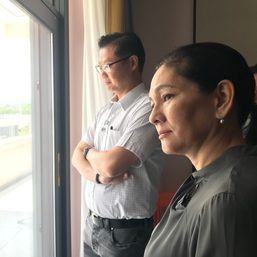
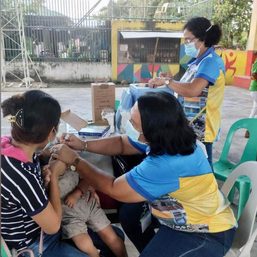
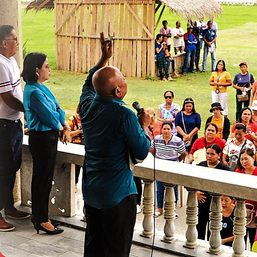
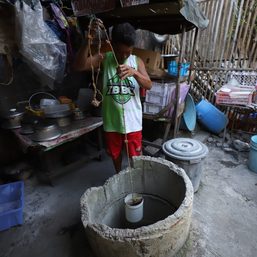
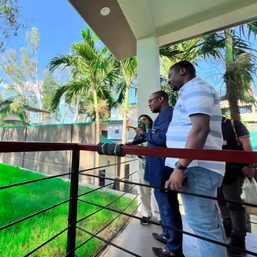
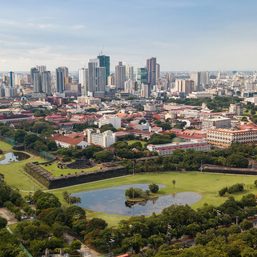
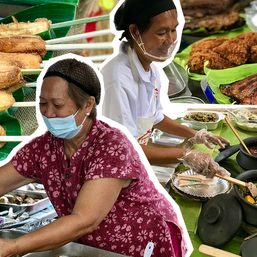
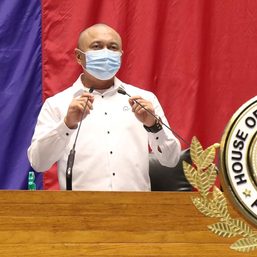
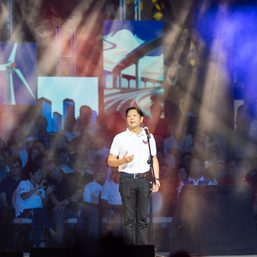

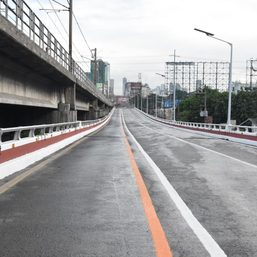

![[ANALYSIS] Investigating government’s engagement with the private sector in infrastructure](https://www.rappler.com/tachyon/2024/04/tl-gov-private-sectors-infra-04112024-1.jpg?resize=257%2C257&crop=435px%2C0px%2C1080px%2C1080px)
![[OPINION] Cities and public spaces should be for people first](https://www.rappler.com/tachyon/2024/04/imho-people-first-city-04132024.jpg?resize=257%2C257&crop_strategy=attention)
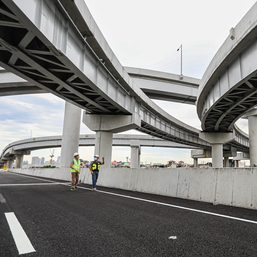
There are no comments yet. Add your comment to start the conversation.